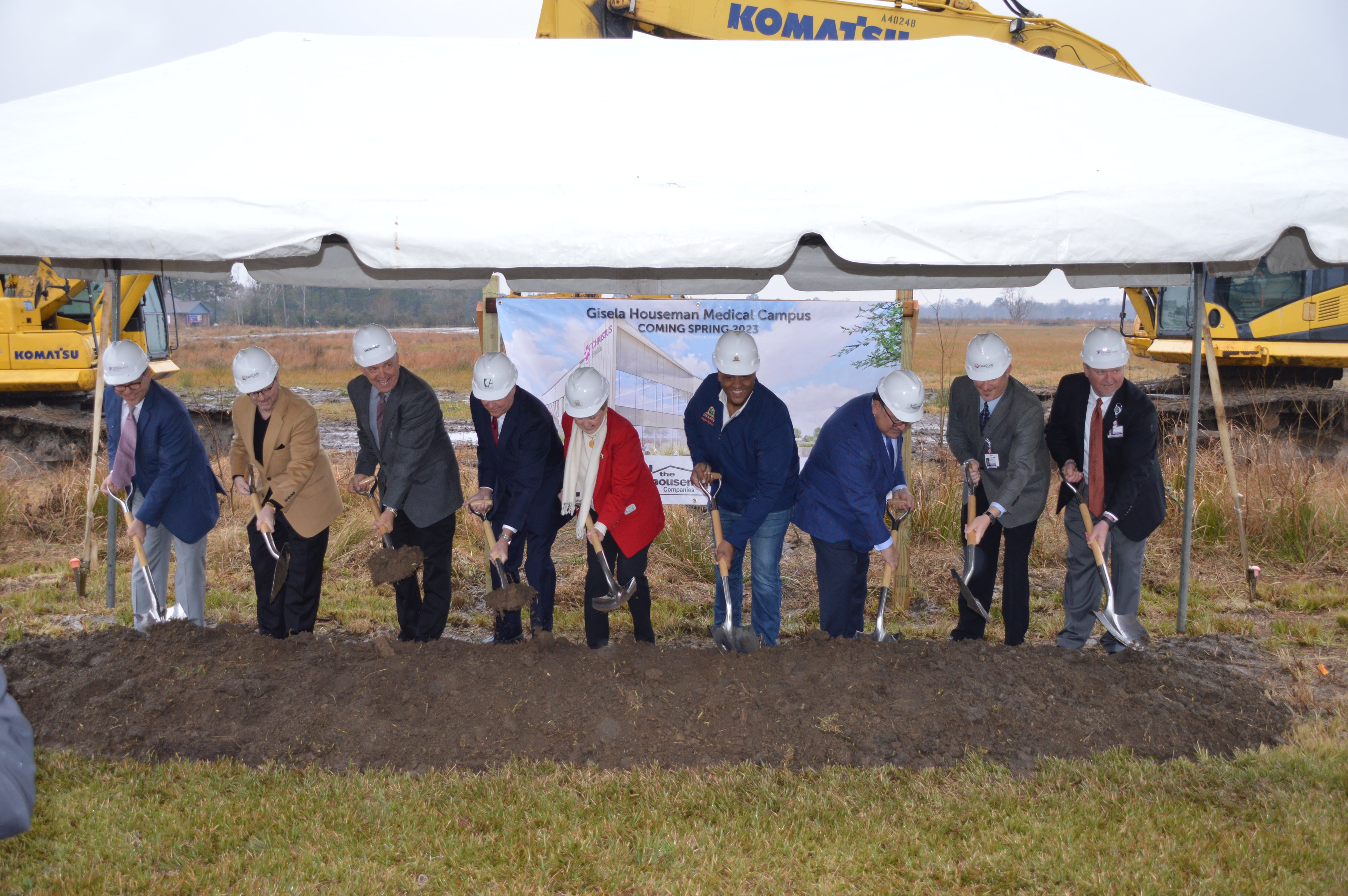Venous Reflux Disease; Not just a Cosmetic Concern
Published 3:59 pm Monday, February 22, 2016
Special to The Leader
Venous reflux disease, also known as venous insufficiency, is a medical condition affecting the circulation of blood in the lower extremities. The tiny valves that normally force blood back up towards the heart no longer function, causing blood to pool up in the legs, and the veins of the legs become distended.
Venous reflux disease commonly produces varicose veins, the abnormally swollen and discolored superficial leg veins that affect millions of Americans. Varicose veins may vary in size ranging from small, thin purple lines just under the skin (commonly known as “spider veins”) to thick, bulging veins that can protrude well beyond the skin surface. Varicose veins, in any form, serve as indicators of venous reflux, a progressive disease that can cause significant circulatory problems as it worsens.
Although often mistaken as a cosmetic problem, venous insufficiency can produce a number of clinical problems for the patient. These problems can significantly impact a person’s lifestyle, especially when the person’s job requires extended standing.
There are over 20 million Americans with venous insufficiency. Approximately 1/3 (7 million Americans) exhibit serious symptoms such as venous ulcers, edema and skin changes. It is estimated that in America, 72% of women and 42% of men will experience varicose veins by the time they are in their 60s. Prevalence is highly correlated to age and gender.
Statistics taken from:
- “Chronic Venous Insufficiency.” Vascular Web. Society For Vascular Surgery, Jan. 2011. Web. 17 Aug. 2011. <http://www.vascularweb.org/vascularhealth/Pages/chronic-venous-insufficiency.aspx>.


